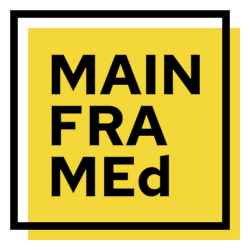CICS Channels and Containers
Code: CICSCCBeen everywhere and found nothing…
Do you need a Custom Course or Solution?
Description
This course is based around a CICS WEB Application designed to submit Batch Jobs to JES. The course encourages the conversion of this application from COMMAREA to Channel/Container format. The application comprises 6 programs and has both a COBOL and PLI version.
Audience
This course is for those who would like to gain a better understanding of CICS Channels and Containers.
Prerequisites
Delegates are expected to have prior CICS Application programming experience.
Objectives
Upon successful completion of this course attendees will appreciate how CICS Channels and Containers are a viable alternative to COMMAREA, and be able to:
- Describe Channels and Containers, and when to use them.
- Code relevant API statements associated with Channels and Containers.
- Explain data conversion.
- Explain the scope of a Channel.
- Describe some of the performance considerations.
Topics
INTRODUCTION
Some Basic Questions
What is a Channel?
What is a Container?
Why use Channels and Containers?
Traditional COMMAREA
Characteristics.
Constraints and Bypasses.
COMMAREA vs. CHANNEL
A superficial view.
USING CHANNELS AND CONTAINERS
Defining a Container – Channel Method
Sample PUT CONTAINER use.
Container Data Conversion
Defining a Container – BTS Method
Exercise 1 – Create a CONTAINER.
Passing a CONTAINER via a CHANNEL
Using CHANNEL with LINK.
Using CHANNEL with XCTL.
Using CHANNEL with START.
Using CHANNEL with RETURN.
Exercise 2 – Pass a CHANNEL.
Receiving a CONTAINER from a CHANNEL
Single CONTAINER situation.
Sample GET CONTAINER use.
Exercise 3 – Receive a CONTAINER.
COMMAREA or CHANNEL?
Container Manipulation
MOVE a Container from one Channel to another.
DELETE a Container.
Processing Multiple CONTAINERS
STARTBROWSE.
GETNEXT.
ENDBROWSE.
CONCLUSION
Performance Considerations
Recommendations
Price (ex. VAT)
Duration
Delivery methods
- Classroom
- On-site (at your location)
- Virtual (instructor online)
